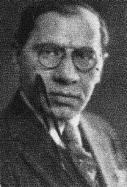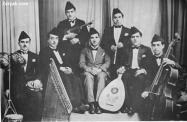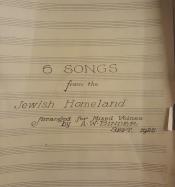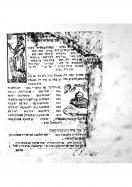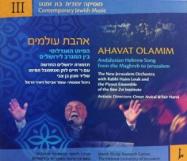(13 results found)
Rabbi David Buzaglo
… Moroccan Jews. The publication of an extensive new essay, [1] the first one in English, about him, is an … areas migrating to this emergent modern metropolis, to new political and educational trends. [4] In 1923, Buzaglo … proficiency in modern Hebrew songs and possible liturgical adaptations has been little explored. His expertise in this …
Max Gabel
… with having written 114 plays, mostly melodramas and adaptations of Broadway successes. His first play was The Sea King , 1895, performed in New York. Later he managed Gabel's Star Theater and other New York playhouses. He wrote and produced plays for his …
Fog al-Nakhal (فوق النخل): Multicultural and Transnational Journeys of an Iraqi Folksong
… to the interests of the Jewish community. This type of new Hebrew songs are intended for haflot (parties) and … while simultaneously undergoing musical and textual adaptations catering to different ethnic groups, religions, …
Na’aleh L’artzeinu – A Simple Melody with an Intricate Story
… … In 1926, in “New Palestinean [sic] Folk Songs” – one of the earliest … published printing of this melody appears in A.W. Binder’s “New Palestinean Folk Songs,” it is important to explore … been covered by numerous bands and the melody has found new adaptations into synagogue liturgy. [10] Though one might …
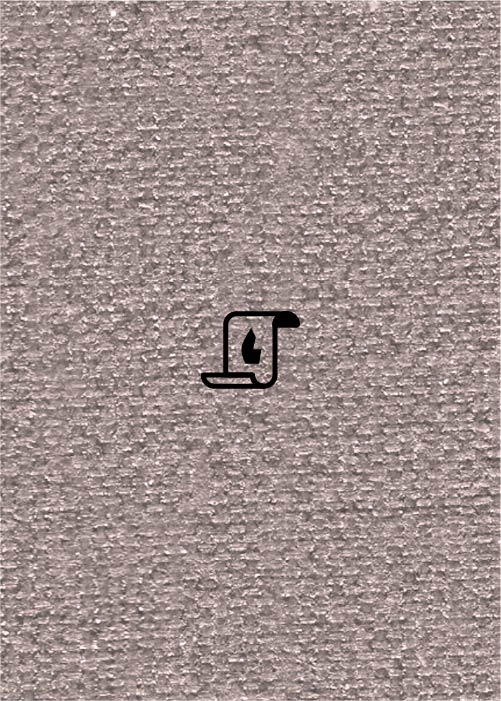
Hatikvah: Conceptions, Receptions and Reflections
… musical contrafactum (adaption of a preexisting melody to a new text) behind which Hatikvah was conceived. An immediate … (Jerusalem 1886) Its inspiration seems to have been the news about the founding of Petah Tikvah (“Gate of hope”), … of its reception and musical performances, changes and adaptations. The printed version of 1886 is apparently not …
The Jerusalem-Sephardic Tradition
… sung by the congregation. The prayer melodies were usually adaptations of popular Arabic and Turkish songs. The old … in piyyutim , especially during the High Holidays, and the newer layer of Middle-Eastern Arabic musical style, which … in Egypt and Syria aided in spreading and implanting the new Arabic music style throughout the Middle-Eastern …
Ehad mi Yodea - Its sources, variations, and parodies
… formula of the opening line reappears later in some Yiddish adaptations and parodies of “E h ad mi yodea” that will be … Cahan, Yehuda Leib. Yidishe folkslider mit melodyes. New York: YIVO, 1957. Ginsburg, Shaul and Pesach Marek. … Chaim. Folks Gezangen as Interpreted by Chaim Kotylansky . New York: YKUF, 1954. Zalmanoff, Samuel. Sefer HaNigunim . …
Woody Guthrie's Hanukkah Songs
… contemporary literary and musical taste has engendered new songs. These new songs about Hanukkah represent the individual … newly composed melodies to lyrics that Nora found in 1997, adaptations of the two aforementioned songs that Guthrie …
Atah Ehad
… haamamiyim labayit velemakhela (The Book of Songs, a new collection for kindergartens, Elementary and High … בבתי הספר ובפי העם. ' [3] (“Almost all the songs in this new edition are sung in the Land of Israel in schools and … This abbreviation of form was typical of Zionists adaptations of Hassidic. The ABB form of the melody of Atah …
Ahavat ‘Olamim
… long piece, which required an intense vocal effort and adaptations to musical languages he had never before … Israeli culture. Performers: Rabbi Haim Louk , the New Jerusalem Orchestra, Piyyut Ensemble of the Ben Zvi …




